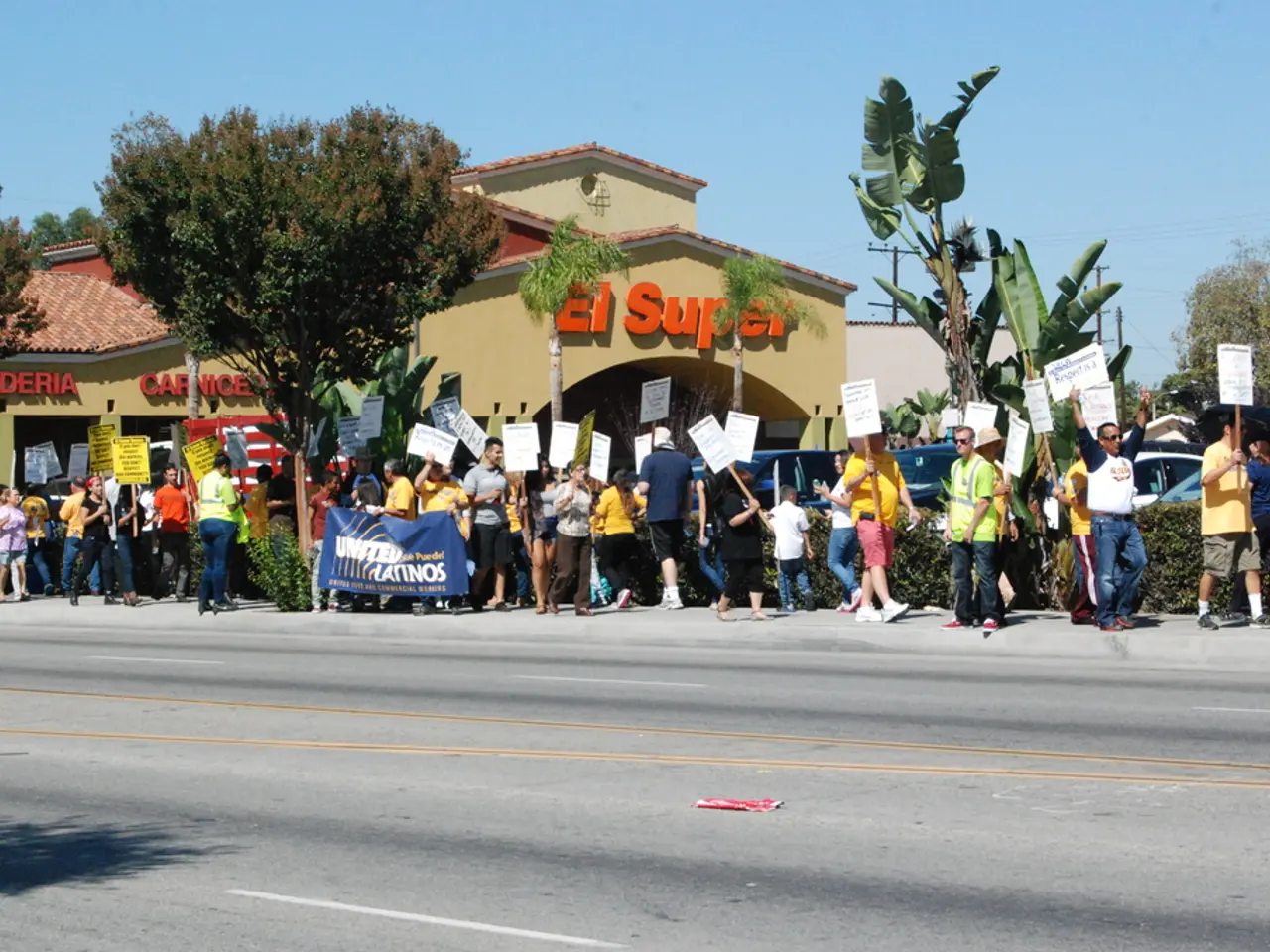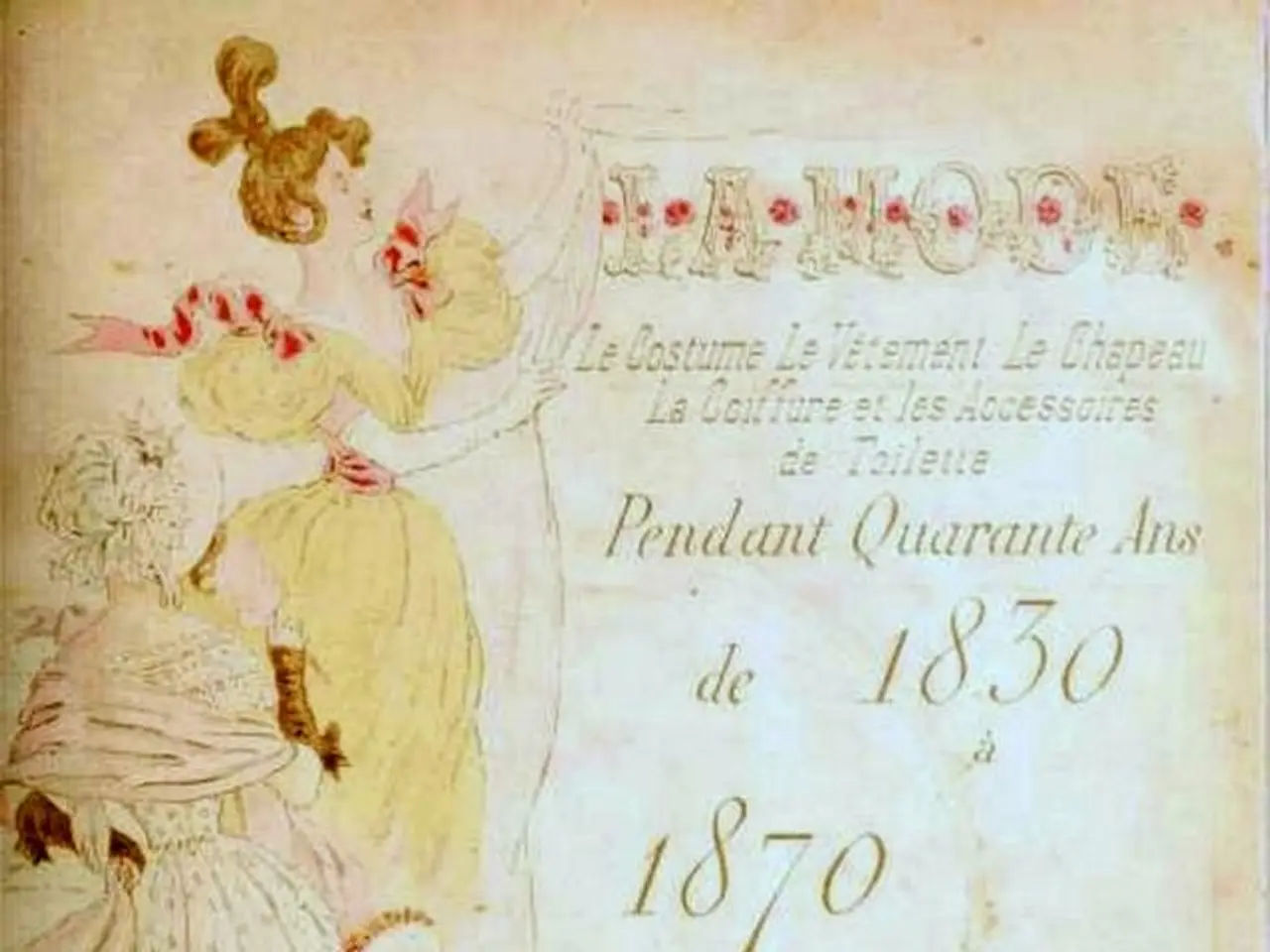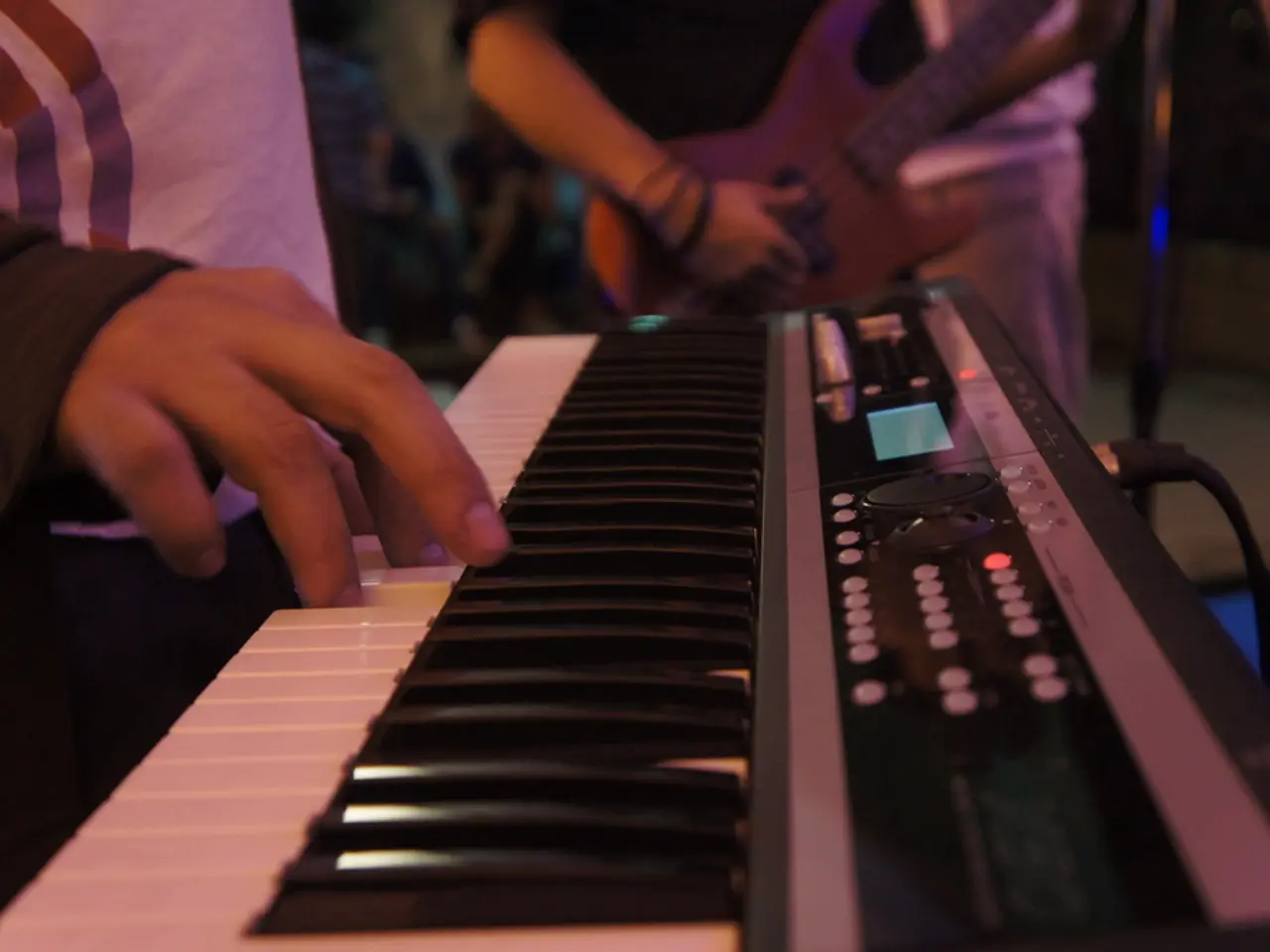Republicans allegedly forsook their constituents to beneficial billionaires, according to the DNC chair's assertion.
In a bold move to capitalise on public discontent, the Democratic Party has announced a strategic approach to utilise the passage of House Republicans' controversial tax and policy bill as a tool to win back control of Congress in the 2026 midterm elections.
The strategy, dubbed as "Organizing Summer," encompasses several key components aimed at highlighting the negative impact of the bill, targeting swing districts, ramping up voter engagement, and positioning the bill as a liability for Republicans.
1. **Highlighting the Negative Impact**:
Democrats are focusing on the potential harm the bill could cause to crucial voter groups, such as those receiving Medicaid and food assistance. They argue that the cuts to these programs will negatively impact constituents, particularly in swing districts. Moreover, they are emphasising the economic implications, such as the potential increase in utility bills due to cuts in clean energy subsidies, which could alienate voters concerned about environmental issues.
2. **Targeting Swing Districts**:
Democrats believe that Republicans in swing districts will face significant political backlash for supporting the bill. They plan to use this to their advantage by campaigning on the perceived negative impacts of the legislation.
3. **Organizing Voter Engagement**:
Through initiatives like "Organizing Summer," Democrats are ramping up voter engagement and registration efforts. This includes targeting voters who might not typically hear Democratic messaging, using community groups and social media platforms.
4. **Positioning the Bill as a Liability**:
The Democratic Congressional Campaign Committee (DCCC) sees the bill as a liability for Republicans, particularly those portraying themselves as moderates. They argue that supporting this bill will reveal these lawmakers' alignment with more extreme party leadership.
The Democrats' strategy is rooted in public dissatisfaction with the bill, which has been labelled as the most unpopular piece of legislation in the last half century. The majority of Americans do not favour the Big Beautiful Bill, and many believe that the Republican Party does not represent the interests of the middle class, the working class, and the poor, while the Democratic Party is seen as the party of the wealthy and the elites.
House Republicans passed President Trump's tax and policy bill on Thursday, which includes an extension of Trump's 2017 tax cuts, new spending on defense and immigration enforcement, and a $5 trillion increase in the nation's debt limit. However, the bill's passage comes at the cost of cuts across various programs, notably Medicaid, which has sparked widespread concern among Democrats and Americans alike.
As the midterm elections approach, the Democrats will continue to press the issue, hoping to regain the trust of voters and reclaim control of Congress. With the approval rating for congressional Democrats at 27% according to a recent NPR/PBS NewsHour/Marist poll, the party has a significant challenge ahead. However, they are optimistic that by leveraging public dissatisfaction with Republican policies, they can turn the tide in their favour.
- In order to emphasize the Democratic Party's stance, they plan to use news articles, policy-and-legislation briefings, and political debates to highlight the negative impact of the controversial tax and policy bill on general-news platforms, focusing particularly on the potential harm to crucial voter groups and the bill's economic implications.
- Recognizing the importance of public sentiment, the Democrats are strategically positioning the House Republicans' tax and policy bill as a political liability for Republicans in general-news discussions, emphasizing that voting for the bill could alienate moderates and undermine the party's credibility, highlighting the bill's unpopularity among the American public.







